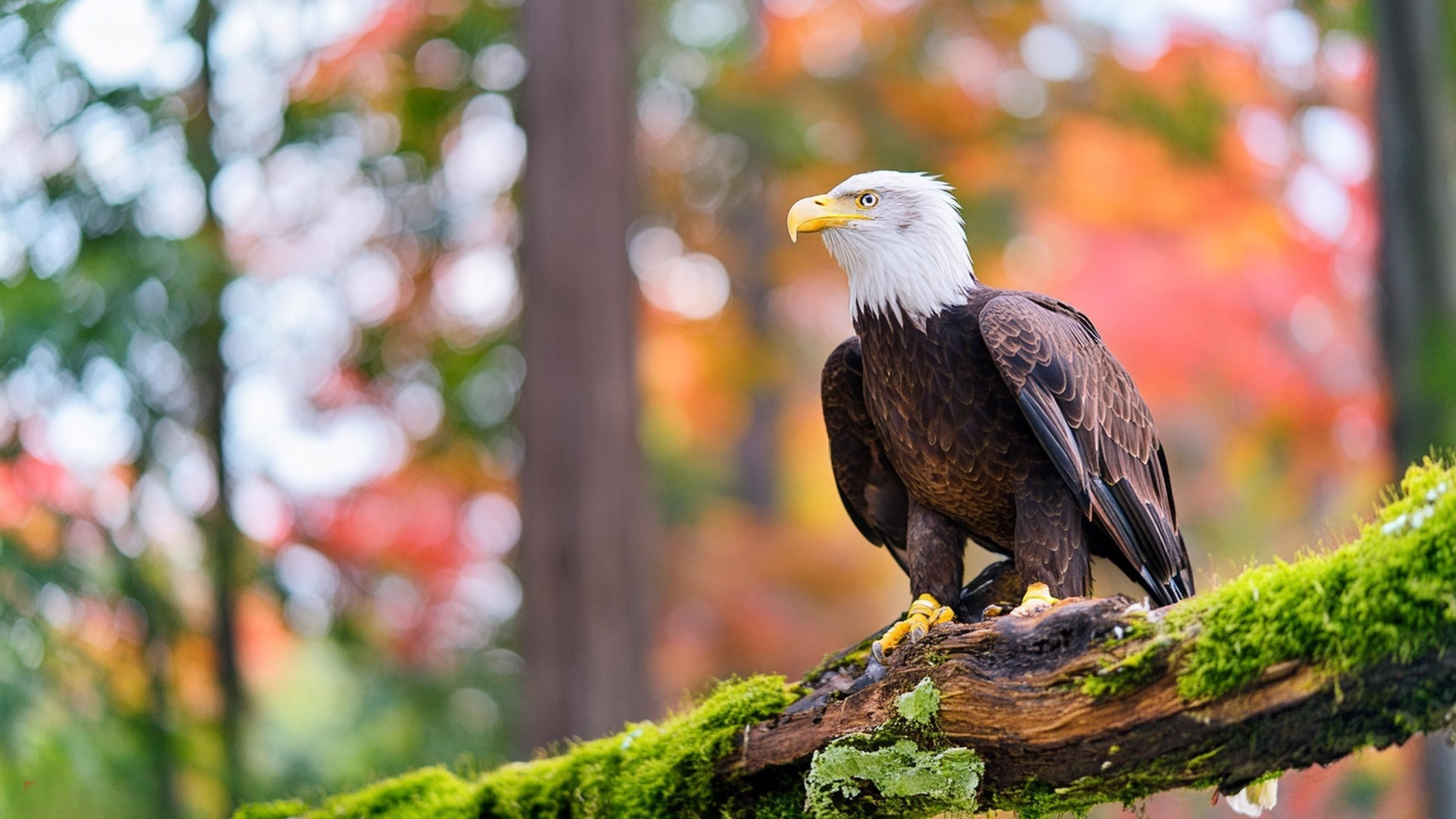Yellowstone National Park is a wildlife lover’s paradise! And honestly, are we surprised? After all, it offers visitors the chance to see some of the most extraordinary animals in North America!
One of the most exciting aspects of visiting Yellowstone is the unpredictability of the experience! Unlike a zoo, there are no guarantees when or where you’ll see these animals. It’s a one-of-a-kind opportunity to observe animals in their natural habitats.
You need help to make the most of your visit, though? Don’t worry, I’ve got your back! I’ve compiled a list of the ten must-see animals that truly define the Yellowstone experience.
Prepare to immerse yourself in the wild heart of Yellowstone and create memories that will last a lifetime. Let’s take a closer look at the incredible animals that make this park one of the most treasured wildlife destinations in the world. Excited yet?
1. American Bison
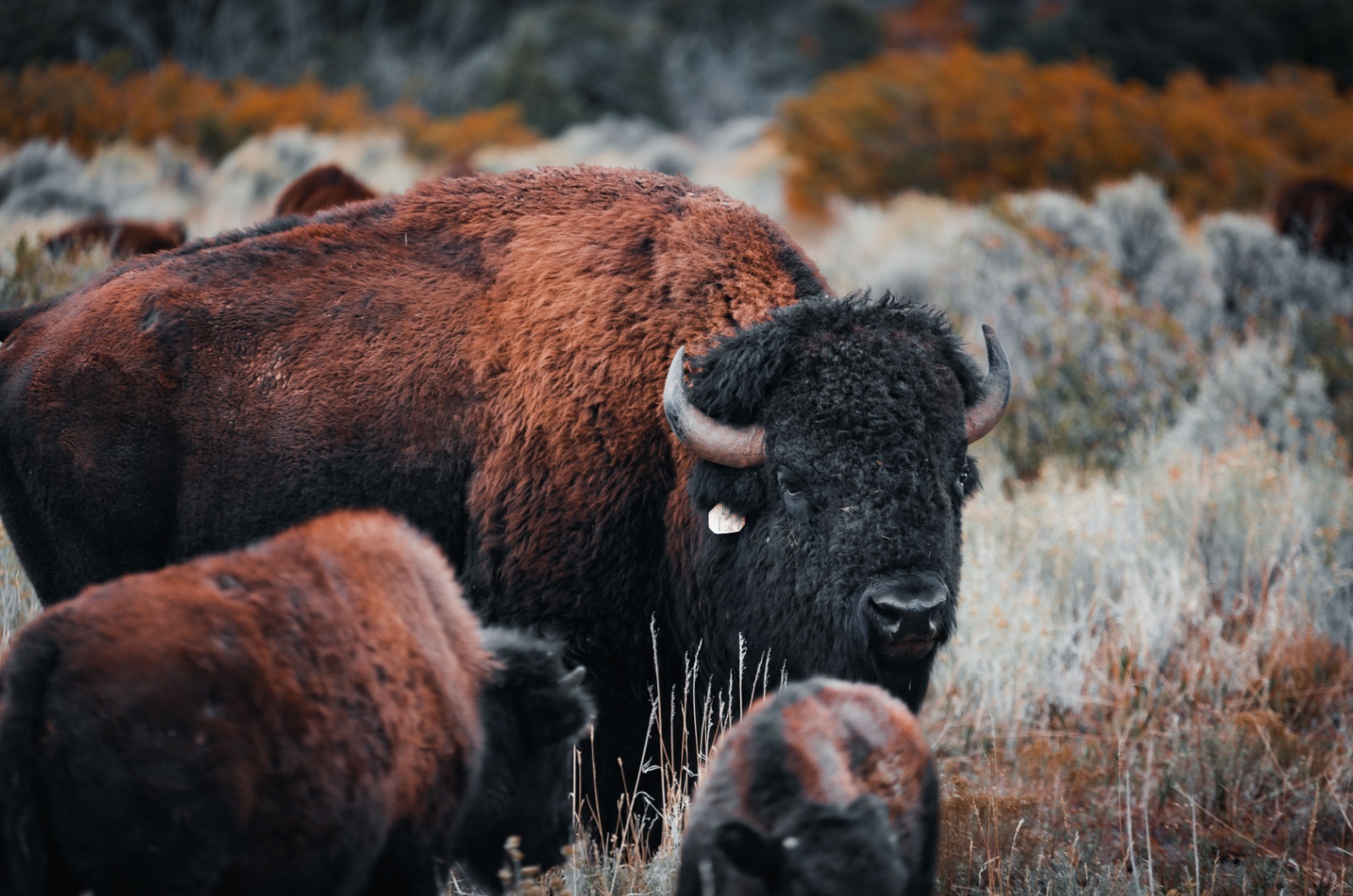
No trip to Yellowstone is complete without seeing the park’s iconic bison!
Being the largest mammal in North America is a rather chill experience. Bison are often spotted grazing in herds across open fields, particularly in Lamar Valley and Hayden Valley, often in large herds.
A warning is necessary, though! They seem peaceful as they graze or roll in the dirt during their dust baths, but don’t forget – they are wild creatures, and can be unpredictable! You don’t want 2,000 pounds to come after you at a speed of 35 mph!
2. Grizzly Bear
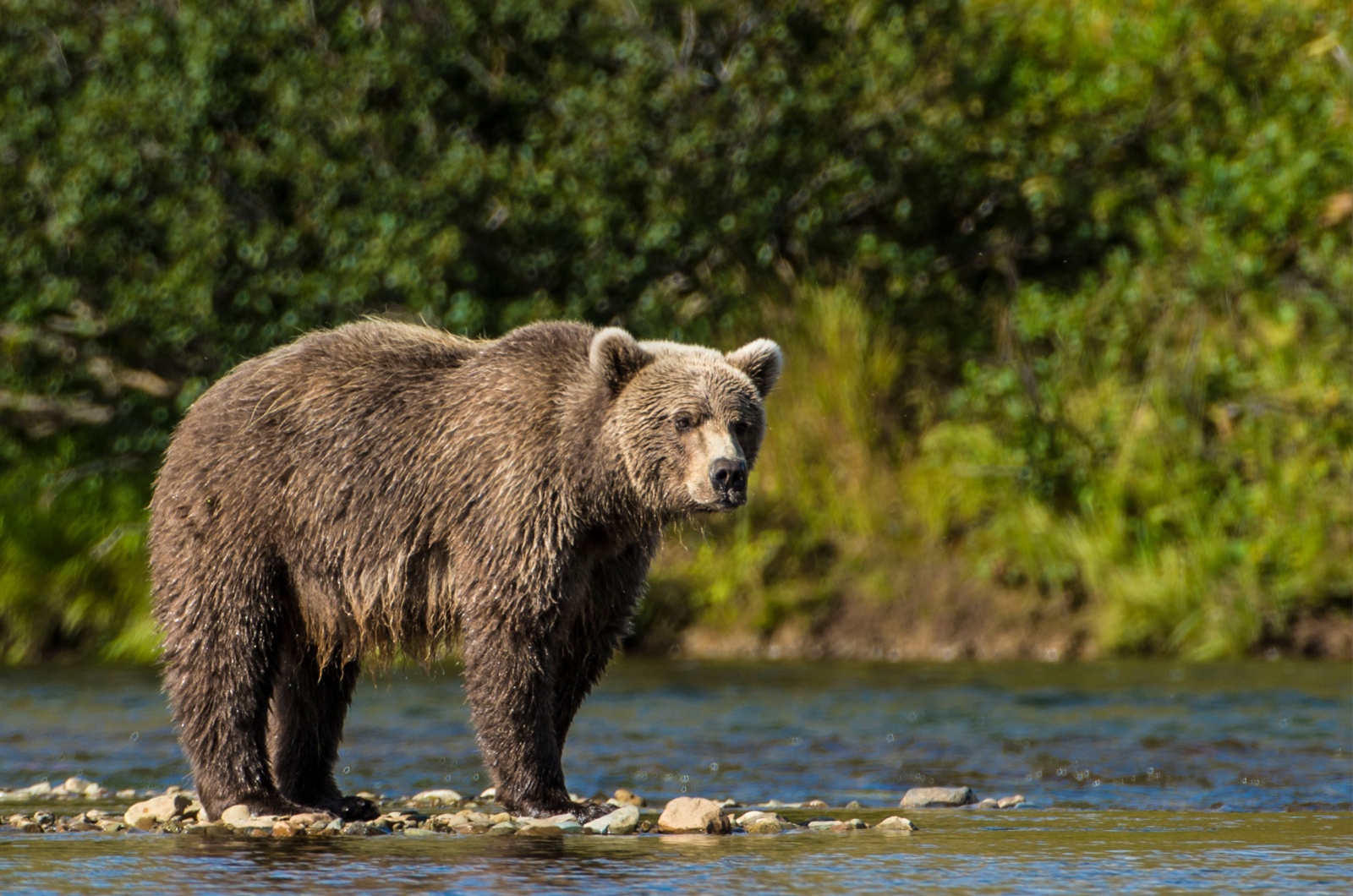
Yellowstone’s grizzly bears are a true symbol of the rugged wilderness, and spotting one in the wild is an exhilarating experience. The best places to catch a glimpse of a grizzly are near rivers, meadows, or forests, especially in Lamar Valley
Grizzlies are omnivorous eaters, and they love to feast on everything from berries to fish. The thing is, in Yellowstone, you can catch them eating bison carcasses!
Springtime is a great time to spot mother bears with their cubs. But always watch from a distance of at least 100 yards, as these momma bears are super protective of their territory and young!
3. Gray Wolf
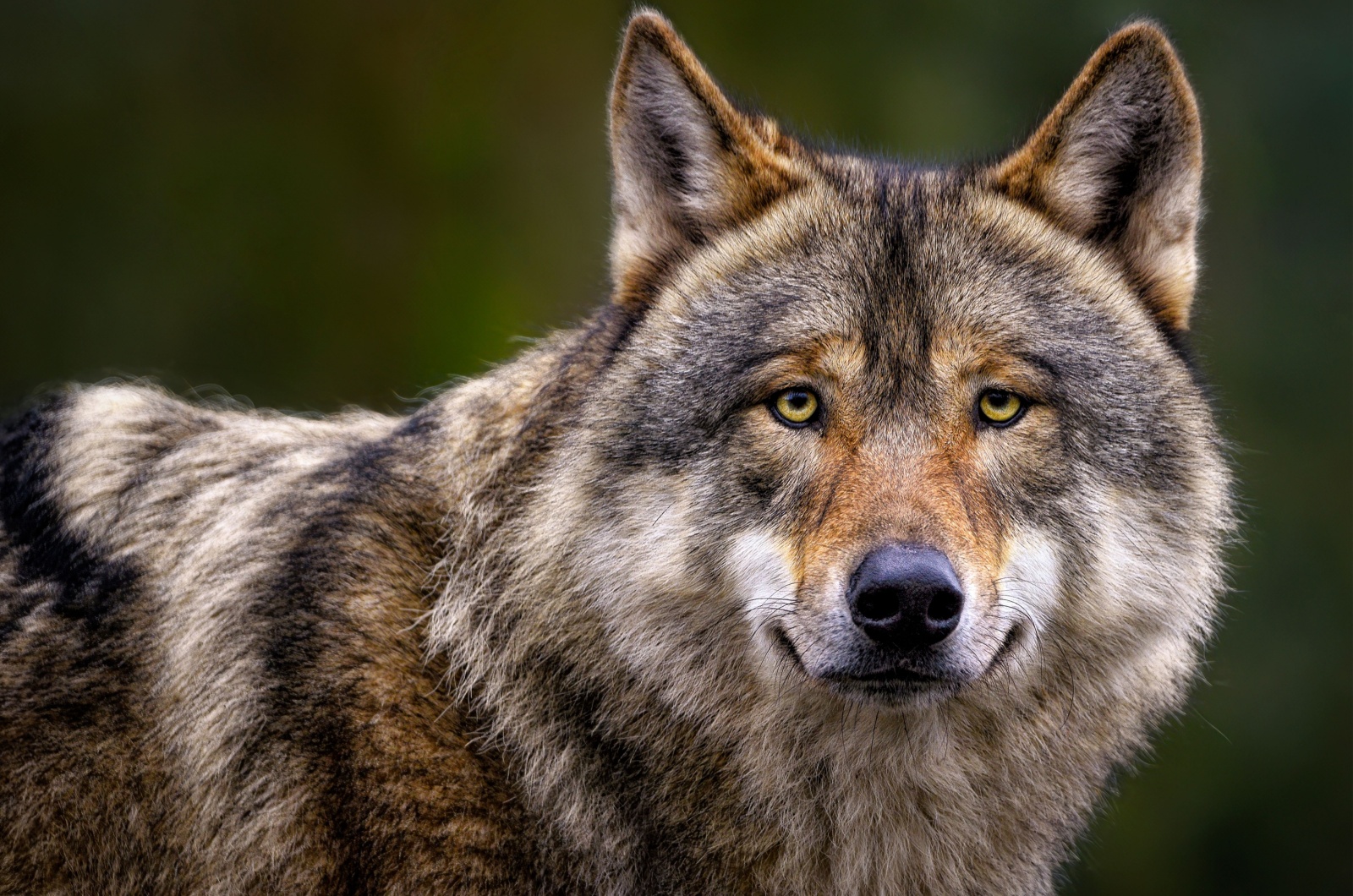
The reintroduction of gray wolves to Yellowstone in 1995 is one of the park’s greatest conservation success stories! These predators have since become a favorite among visitors who are eager to hear their howls or catch at least a glimpse of them!
Lamar Valley is again the best place for you to see these animals! When it comes to time, early mornings or late evenings are the best for spotting them. Watching a wolf pack interact is rare, but quite enlightening!
4. Bald Eagle
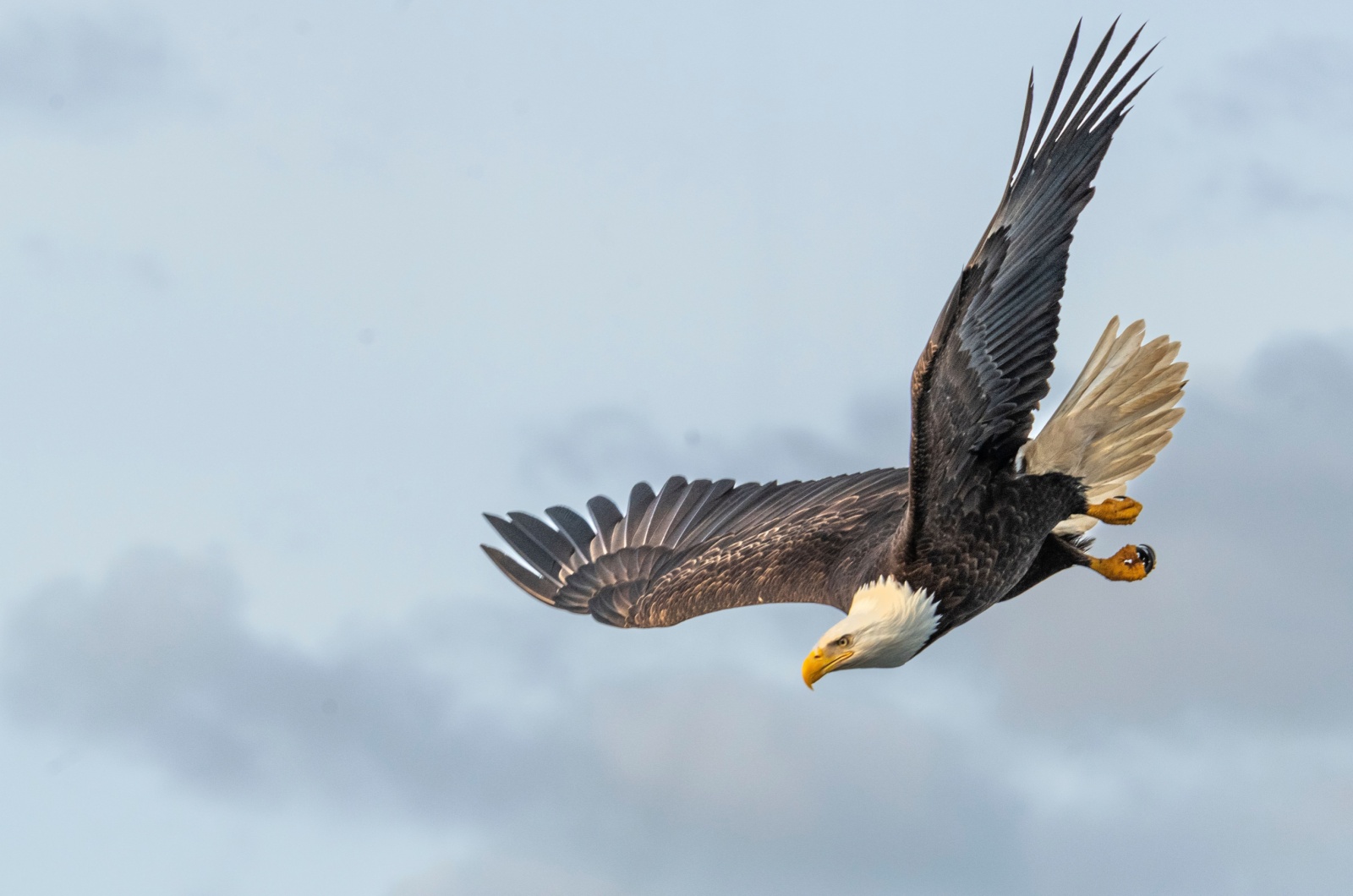
The symbol of American freedom! You can often spot them soaring high above the park’s rivers and lakes, where they scan for fish or small mammals to hunt. You’d be surprised how well they see them, by the way. That alone is fascinating!
The wingspan might intimidate you as well since it can reach up to 7 feet. Another thing you can be on the lookout for is their nests! Look for them in tall trees near water sources, particularly in areas like Yellowstone Lake and along the Yellowstone River.
5. Elk
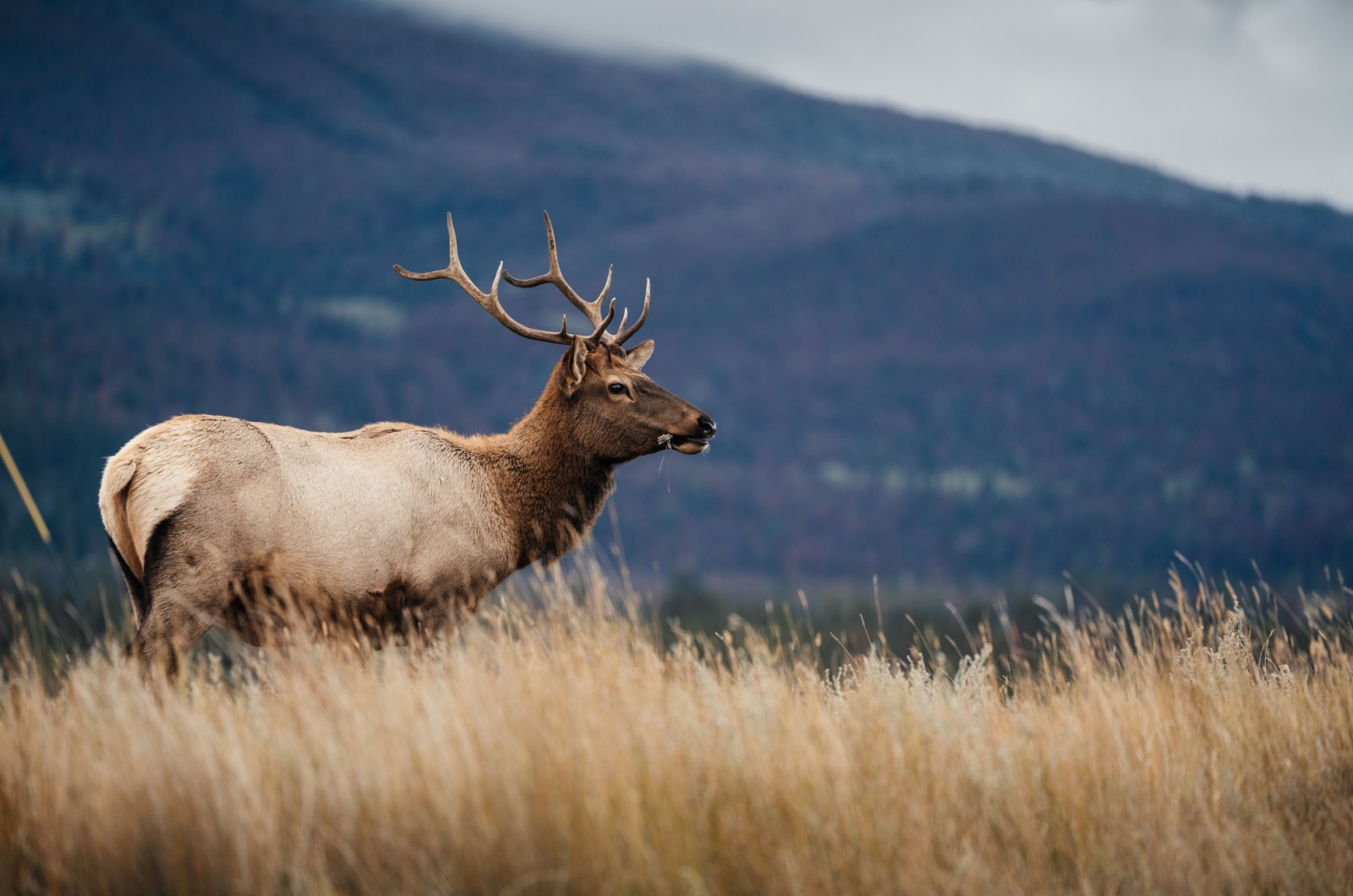
Elk are among the most abundant large mammals in Yellowstone, and their presence is hard to miss! Male elk, known as bulls, are particularly striking during the fall rut when their antlers can span up to 4 feet.
Similar to bison, they can be seen grazing in meadows, wandering through forests, or even strolling through developed areas like Mammoth Hot Springs.
Nonetheless, visitors should keep a respectful distance from these animals, as bulls can be aggressive during the mating season!
6. Black Bear
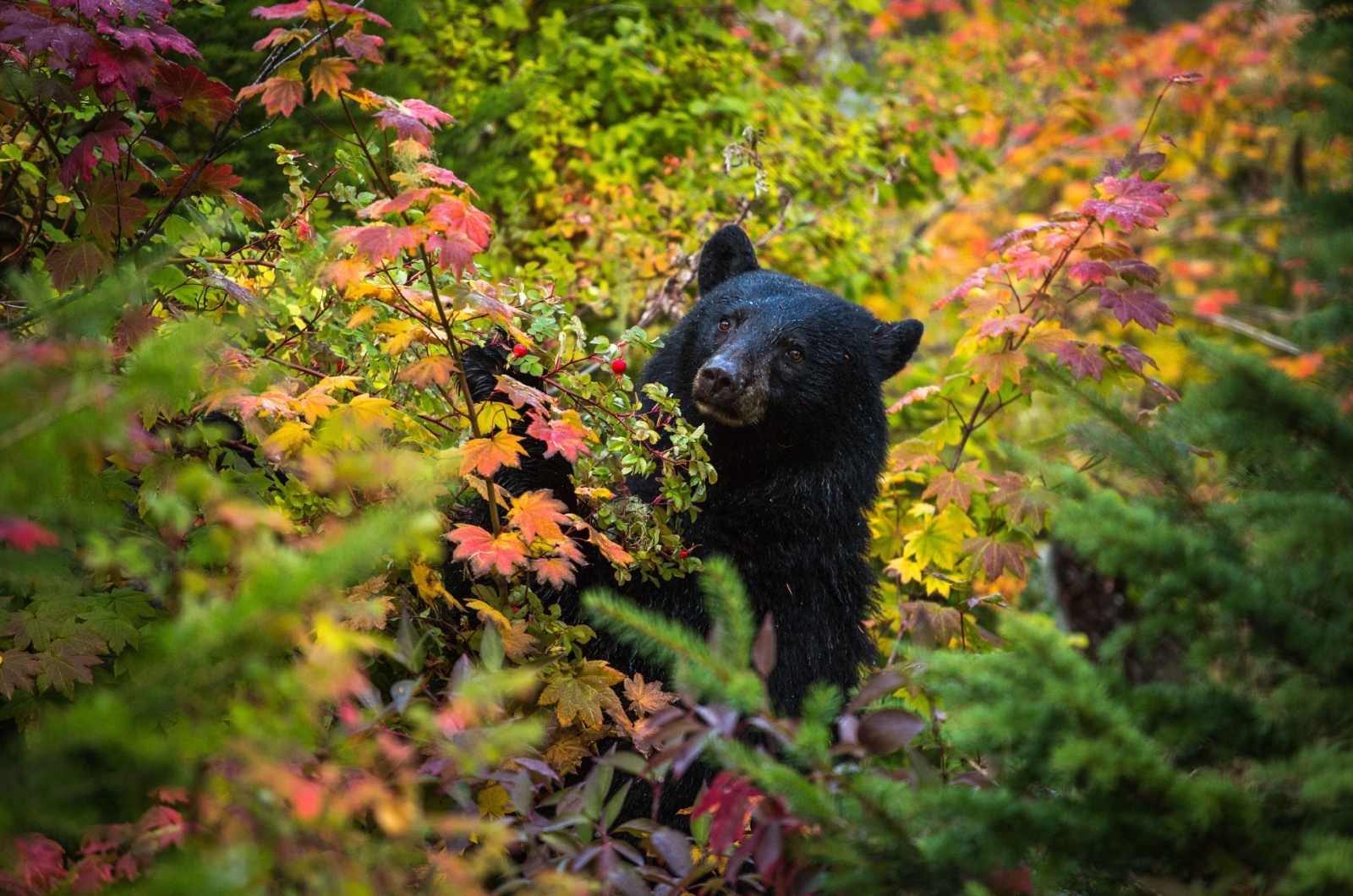
They might be smaller than their grizzly counterparts, but trust me – they’re just as captivating! Go to Yellowstone, and watch them forage in forest areas and berry bushes. Sometimes, you’ll catch them climbing trees!
Despite the name, they can come in a variety of colors – from deep black to cinnamon brown. Tower Falls and the Lamar Valley are great places to look for them, especially during the summer months.
Like with all wildlife, maintain a safe distance to protect both yourself and the bears!
7. River Otter
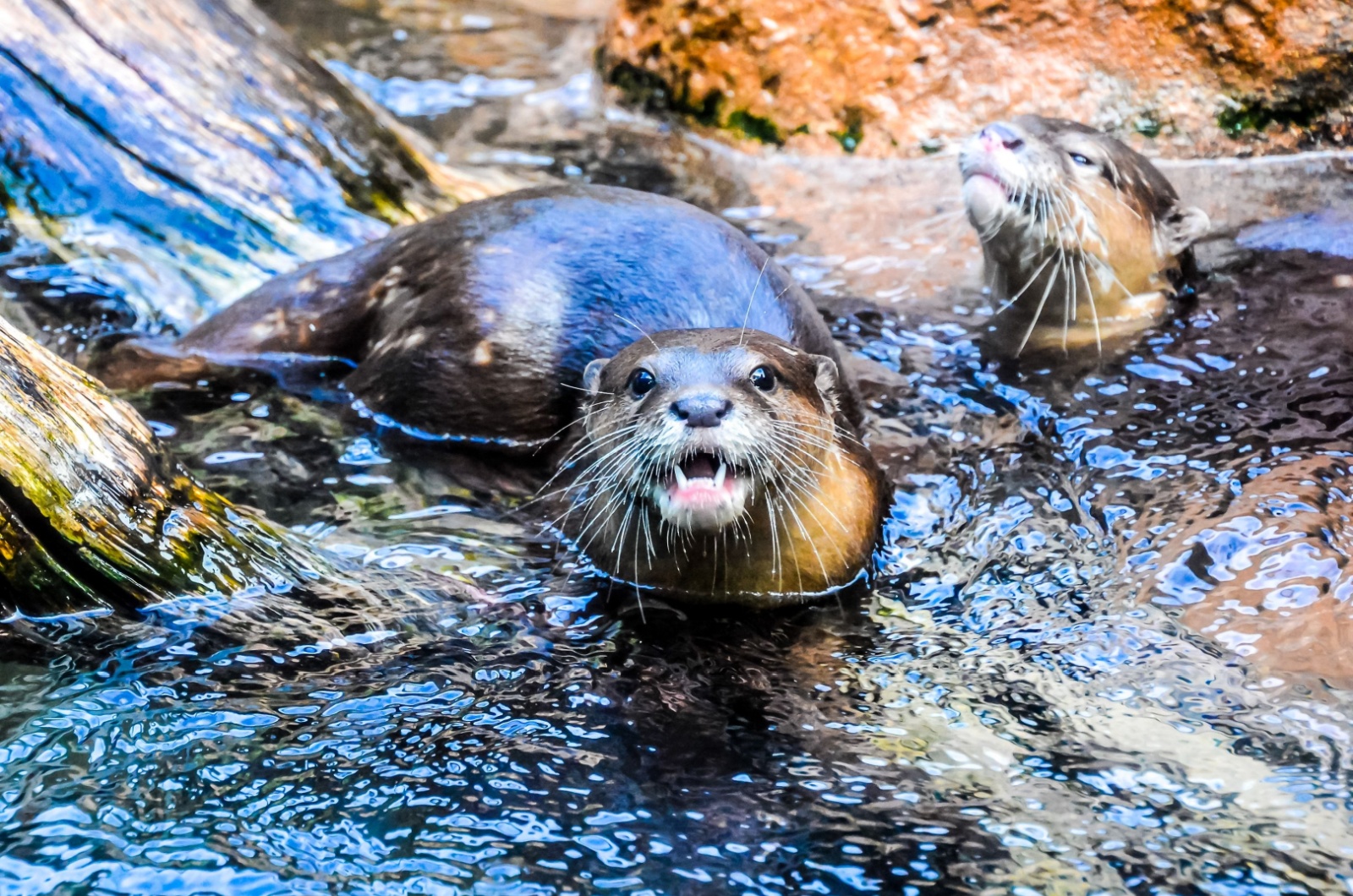
Playful, agile, and undeniably adorable, the river otter is one of Yellowstone’s most delightful residents! You can easily spot them at the park’s rivers, lakes, and wetlands, especially there where the water’s calm.
They’re known for their energetic shenanigans, including playful chases, rolling down riverbanks, and belly-sliding across snow or mud. If you’re lucky, you might even witness a family group working together and having fun!
To catch a glimpse of these charismatic creatures, head to waterways like the Lamar River, Yellowstone Lake, or Soda Butte Creek. Early mornings or late evenings tend to be the best times for sightings, as otters are most active during these hours!
8. Moose
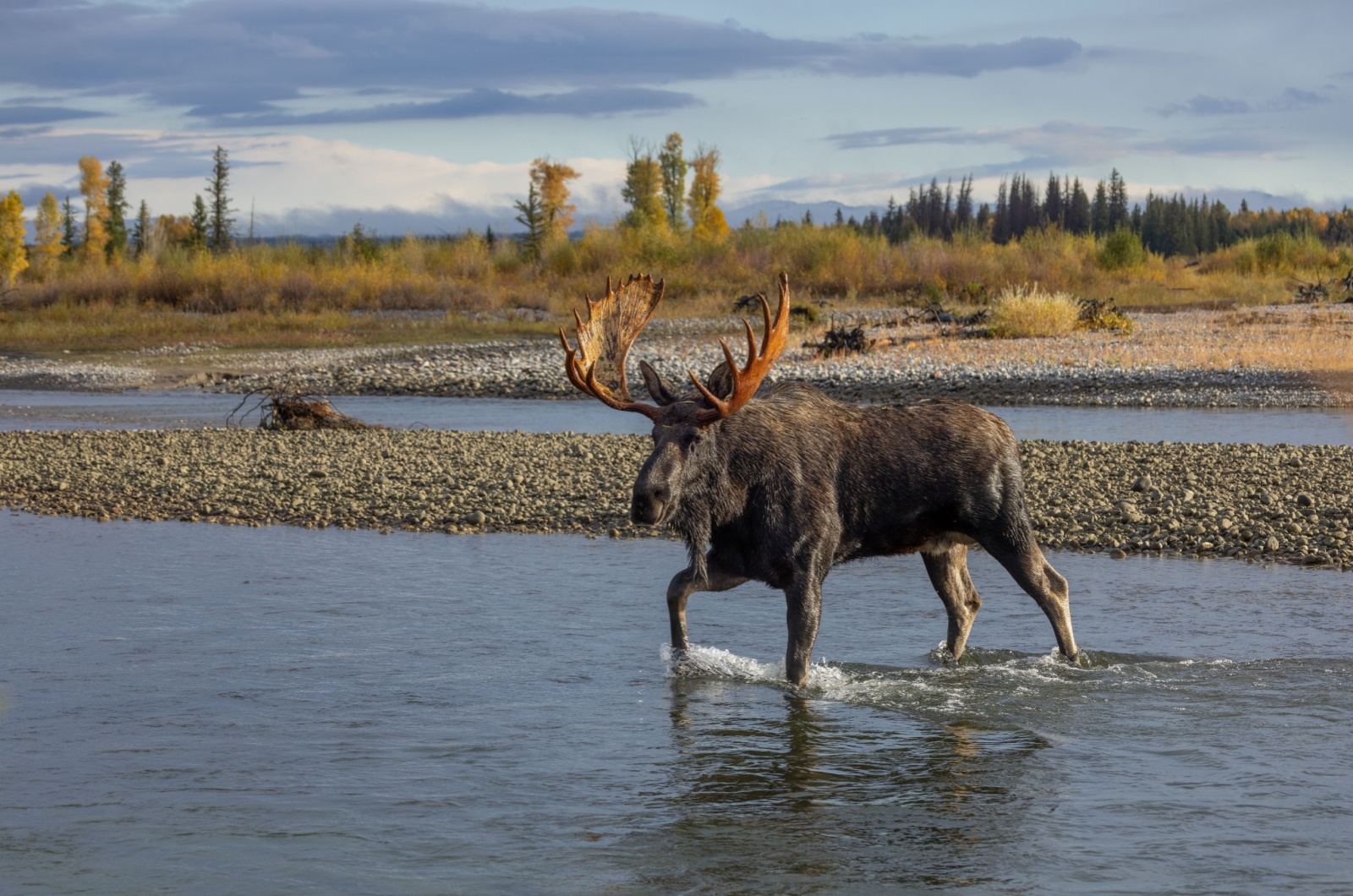
Moose are the largest members of the deer family and a true highlight of any Yellowstone visit! Their long legs and unique antlers make them easy to identify, even from a distance. Their size is usually what manages to surprise every visitor!
Other than that, they are solitary giants that hang out around water sources, such as rivers, marshes, or ponds, particularly in the park’s northeast corner near Soda Butte Creek.
They may seem docile, but moose can be unpredictable and are known to charge if they feel threatened, so always observe them respectfully.
9. Coyote
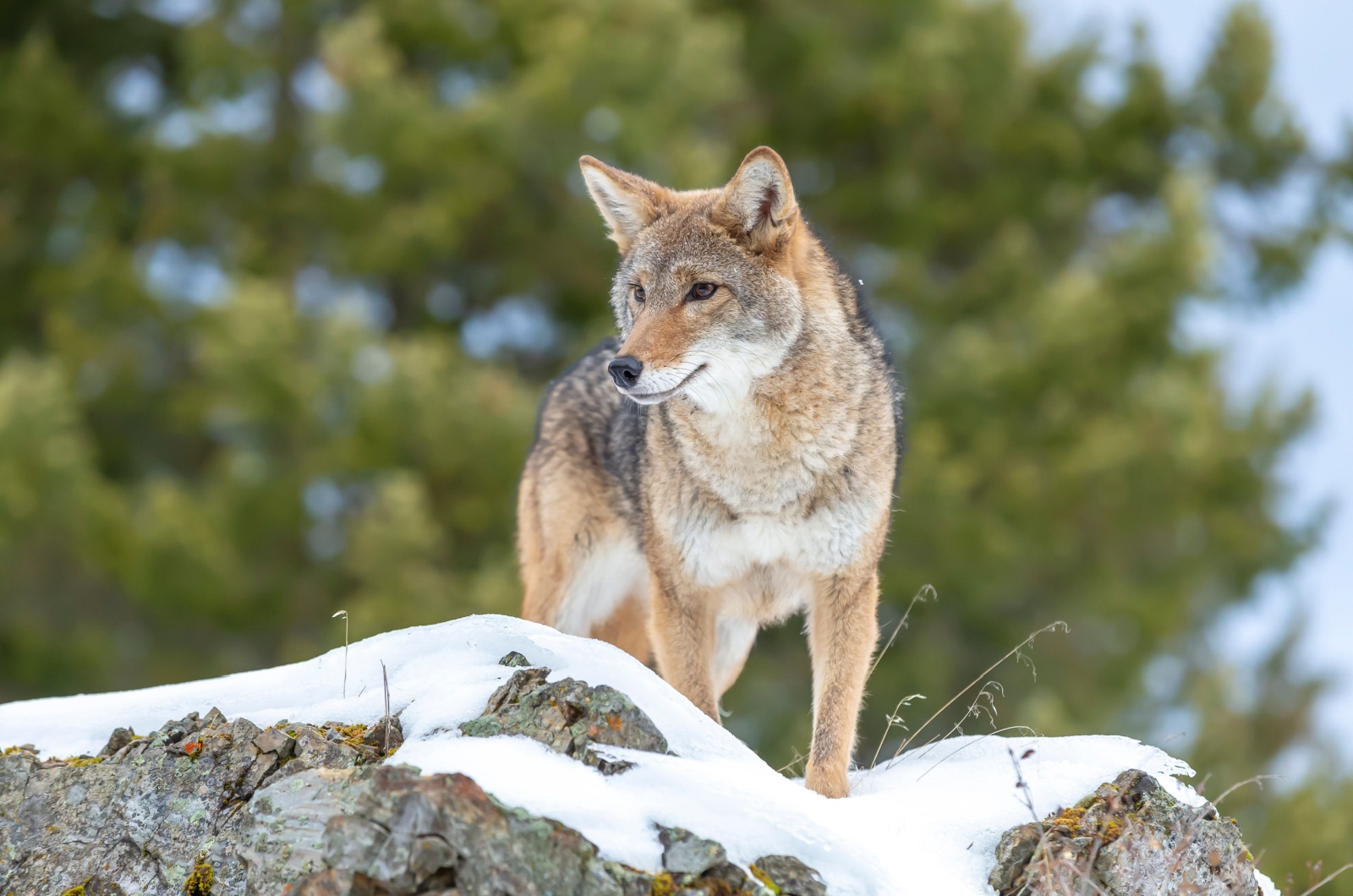
Coyotes often get mistaken for wolves! But they’re smaller, and not any less interesting. They’re very clever canines that hunt rodents in open meadows. A coyote’s yipping call is a familiar sound in Yellowstone, especially at dawn and dusk!
Often underappreciated animals, I must say, but very important ones for the ecosystems! Coyotes play an important role in Yellowstone specifically since they help control smaller mammal populations!
10. Trumpeter Swan
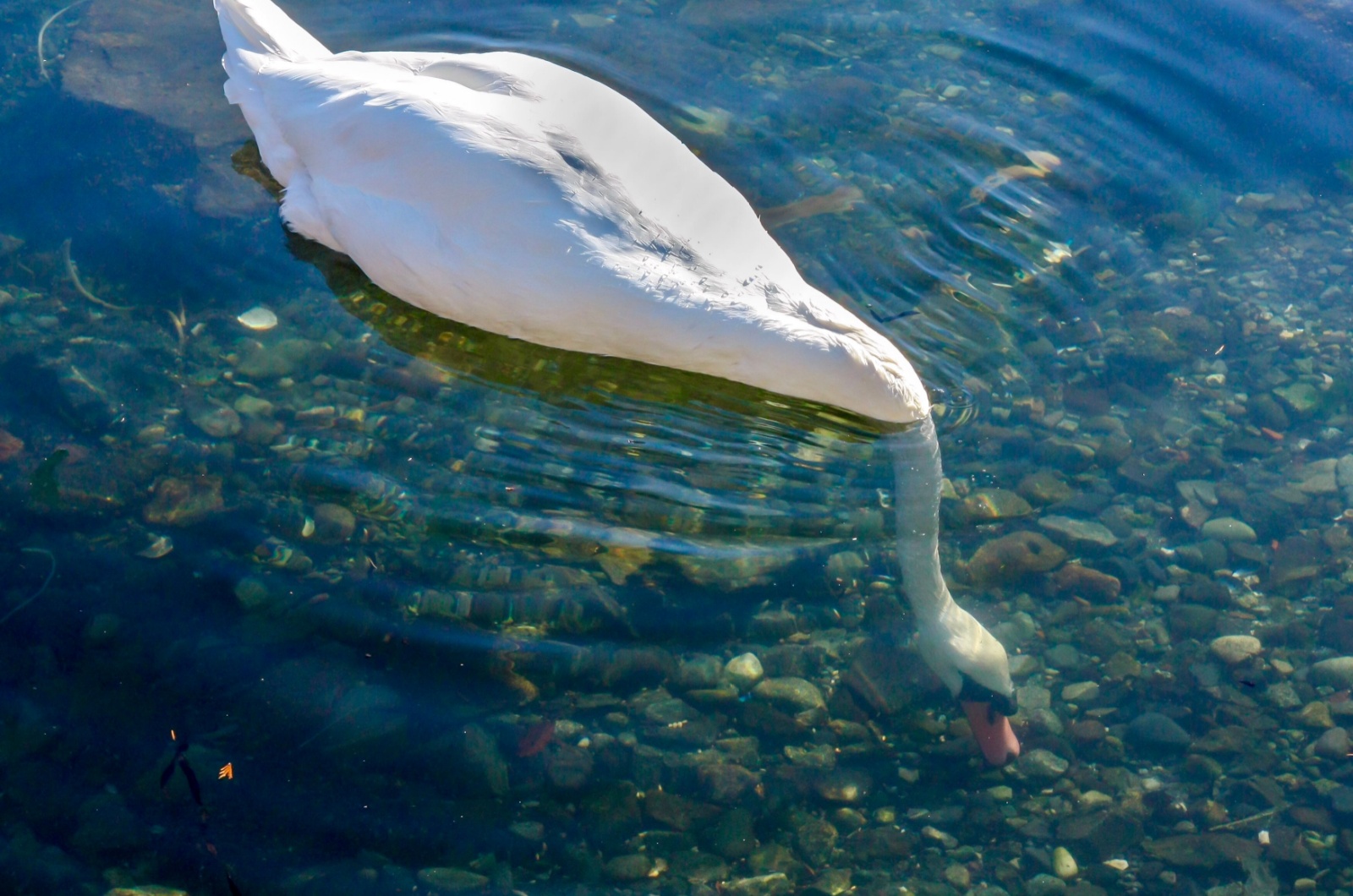
The largest waterfowl species in North America! Doesn’t that sound exciting already? You can catch a look at them gliding across Firehole River or Yellowstone Lake!
Fun fact: Trumpeter swans mate for life, and their synched movements are a beautiful display of their bond. So, when you see a couple on the lake, don’t interrupt them. Just let them feel the love in the moment!
For birdwatchers, seeing them is paradise. And I assure you, once you take a peek at the beautiful display, you might become interested in birdwatching yourself. Who knows?

